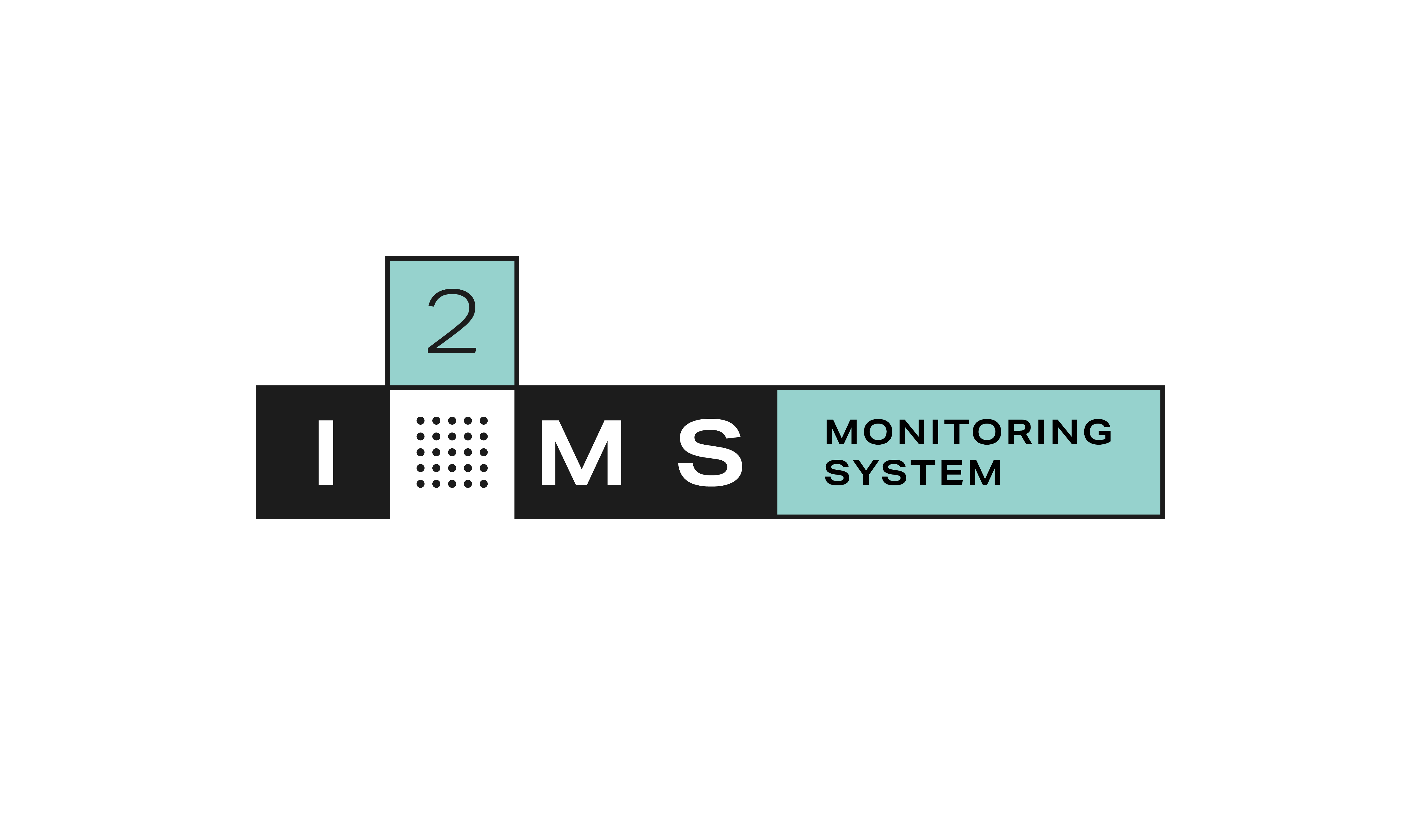Automated monitoring of ground dwelling arthropods
12 months – January 2023 till December 2023
KVW – 00616
Co-funded by the European Union, Kansen voor West - European Regional Development Fund
Space Value, Unip. Lda and Stichting Wageningen Research, research institute Wageningen Plant Research, Business Unit Field Crops
Summary
Soil dwelling arthropods such as ground beetles, rove beetles and spiders play a significant role in pest management in arable fields and their activity is frequently monitored using pitfall traps.
Sampling soil dwelling arthropods with pitfalls is time consuming and requires specialism to identify the species. With automated image recognition this constraint could be removed and pitfall trapping can become assessable for the generality of the public or farmers in particular to assess biodiversity on their fields.
Space-value is a Portuguese enterprise that has a prototype automated pitfall trap that captures a picture right before the organism falls in the trap.
In this R&D voucher project we aim to test this prototype for an arable situation and when necessary bring improvement to the design.
We will train an algorithm to recognize soil arthropods and run this testing devise parallel to ordinary pitfall traps for comparison.
We will furthermore do research on the effectiveness to use enclosures around the pitfall trap in order to get an estimate of density of species instead of the, hard to interpret, activity-density.
We foresee that this technology may be a great asset for research purposes and for farmers who want to monitor biodiversity on their farm.
Work package 1: Optimization and testing of monitoring devices
Several I2MS alternative designs will be tested for their attractiveness to soil dwelling arthropods.
The best working design will then be adopted for data collection in work package 2.
The product that we envision to deliver at the end of the project is a small devise that can be installed and run in the field with relative ease and which can replace ordinary pitfall traps for monitoring soil dwelling arthropods.
Throughout the project Space-value will redesign or adjust the hardware of the sensor for optimal use in arable fields and to be prepared to capture and transmit quality images during night time and low natural light periods.
Hardware development will take place in Portugal, while the testing in the field takes place in the Netherlands.
Work package 2: Training of algorithm for automated species recognition
At the beginning of this package it will be decided up to what level individuals can/will be recognised.
We start with collecting and annotate hundreds of photos from different species groups to train an algorithm for automated species group recognition.
The algorithm will give a measure for catch frequency, and species richness.
Work package 3: Implications for biodiversity monitoring
In this work package several monitoring devises are used in a grid to make a biodiversity assessment of soil dwelling arthropods at the field lab.
This assessment is being compared with a collection of soil dwelling arthropods using ordinary life pitfall traps in the same area.
We are interested to see how many individuals per species group the new devise can record as compared to an ordinary pitfall trap.
Concluding remarks
The I2MS yielded qualitative good pictures, especially at day light on which small (springtails) and large (carabid beetles) could be recognized.
The I2MS did not record as many pictures as we had hoped. Some days no pictures were recorded, while still arthropods were being caught.
We do not know why this happened. The battery capacity seemed alright during the trapping period.
We can therefore not determine if the pictures were not recorded because the device was off, or because the insect moved in too fast.
For the rove beetles, spiders, Myriapoda, springtails and woodlice the I2MS captured more or less the same diversity of what was captured by a regular pitfall trap, but this was not the case for the ground beetles in our experiment.
We were trapping at the end of the season when not many ground beetles are active anymore.
This experiment should be repeated when more ground beetles can be caught to see how the I2MS performed compared to a regular pitfall trap.
In terms of numbers that were captured the I2MS performs equal to a regular pitfall trap, despite that only a small opening is available for arthropods to walk in.
The circumference of the I2MS is a little larger than of a regular pitfall trap and arthropods that bump into the I2MS device might as well follow the circumference of the device before entering the small opening. This might explain why some species, such as N. brevicollis or small spiders, are captured in more or less equal numbers between the two trap types.
Other species might have been attracted to the small opening, the structure of the device in general or the garden led light, such as P. melanarius and Chilipoda, which have been captured in higher number in the I2MS than in a regular pitfall trap. A last group of species, such as Philodromus spiders, might have been bouncing back when bumping into the device or were reluctant to walk into the opening.
Depending on the species group of interest it would be helpful to know what type of behavior is being shown in order to adapt the device for better capturing the species of interest.
The developed model for the available dataset has demonstrated good performance, achieving an overall accuracy of 97%.
This high level of accuracy indicates that the model is effective at correctly classifying the given inputs, making it a robust solution for the intended application.
















